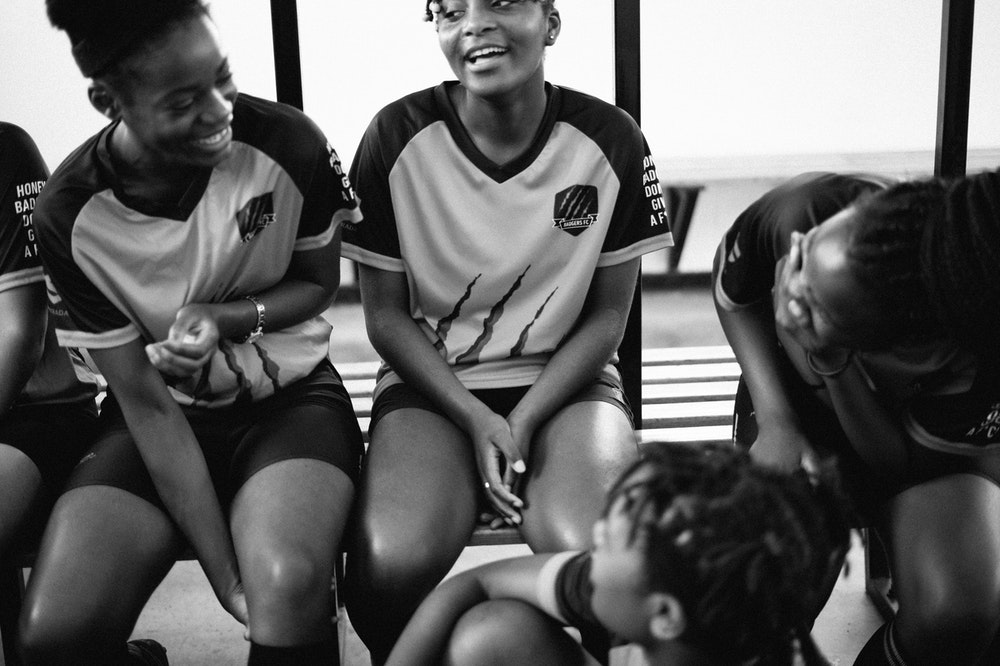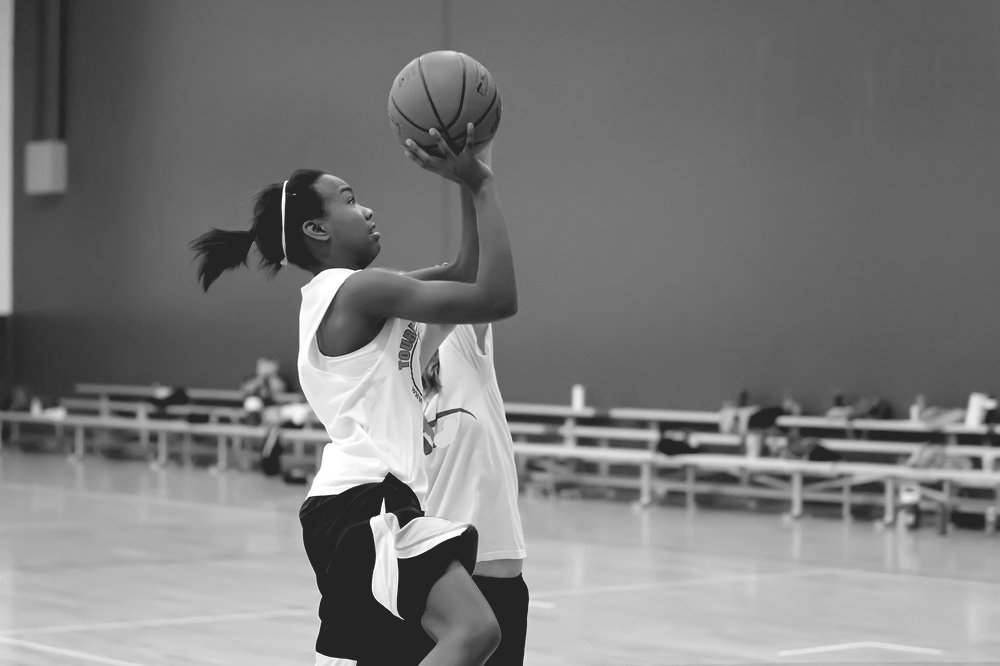I once attended a community all-star basketball event for kids between the ages of 9-19 in Kabwata,
this event was organized the Foundation for Youth Basketball league (FYBL).
This was before the pandemic had hit.
What struck me the most wasn’t that these kids love playing (basketball) and being outdoors without a care, it was that there was only one all-star girl’s game. The boys were well represented, starting from the under 12’s, then under 15’s to under 19’s.
(*note, one under12 team had a girl on their team, I guess this was because of her age.*)
Made me start to wonder, why is it that by ages 14- 15 most girls will drop out of sports twice as often as boys? Now at this point, the games seemed a little bit less interesting and finding out the answer to my question becomes a near obsession.
The few ladies that I had a chance to speak to before their game provided some insight on why so few girls participate in sport and physical activity as they continue to grow. I learnt that factors such as social stigma, safety and transportation issues, lack of access to facilities, costs and a lack of positive role models, all contribute to reasons why girls drop out of sport in their adolescent years.
The impact of participation in sport and physical activity cannot be overemphasized for both girls and boys. It positively impacts physical and mental health, and reduces the likelihood of engaging in risky behaviors such drug and alcohol abuse and unsafe sexual activities.
It was a good thing that the girl’s game was the second last game before the all-star under 19’s took the court, this gave more people a chance to watch the girl’s game. Sort of like a curtain raiser before the main event. Now one might be accused for calling the girls game a ‘space filler’ or just another symbolic gesture in gender equality. Nope! these ladies balled out, from the first tip the game was lit! (As the young people say). I was pleasantly surprised, the flow of the game was fluid, and the competitiveness was a good 9 on a scale of 1-10. No one came to play just to fulfill a fixture, there was a plan here (by both teams), a determination by the players to be their best. At the end of the game though, there could only be one winner via the score board, but this felt a bit different, everyone was happy. The sportsmanship stood out, with both teams lining up center court at the end of the game and congratulating each other.
At this point, I was even more convinced it is our responsibility to show girls that it is socially acceptable to participate in sports; it can give girls the skills and confidence to break down barriers and achieve goals throughout their lives. Better mental health and emotional awareness, a higher self-image and confidence levels, improved teamwork and communication skills that can lead to achievement opportunities in school and at work. Statistics show that athletes make excellent candidates for jobs because they’ve developed a strong worth ethic, can be a team player, and have the determination to be ‘great’, it is also a well-known fact that competitiveness is an asset in the (male dominated) workplace.
It is equally important for girls to see positive female role models in both the media and their everyday lives to inspire them to stay ‘in the game’. Serena Williams, Maria Sharapova, Elena Delle Donne (WNBA MVP 2019), Candace Parker, Megan Rapinoe and the USA Women’s Soccer Team that won the Fifa Women’s world cup in 2019, the list goes on. But beyond professional athletes, every community has the potential to provide positive female role models to be inspirational figures in a young girl’s life.
After reading this, I hope you will join in keeping girls involved in sport and positively impact future generations through sport.

